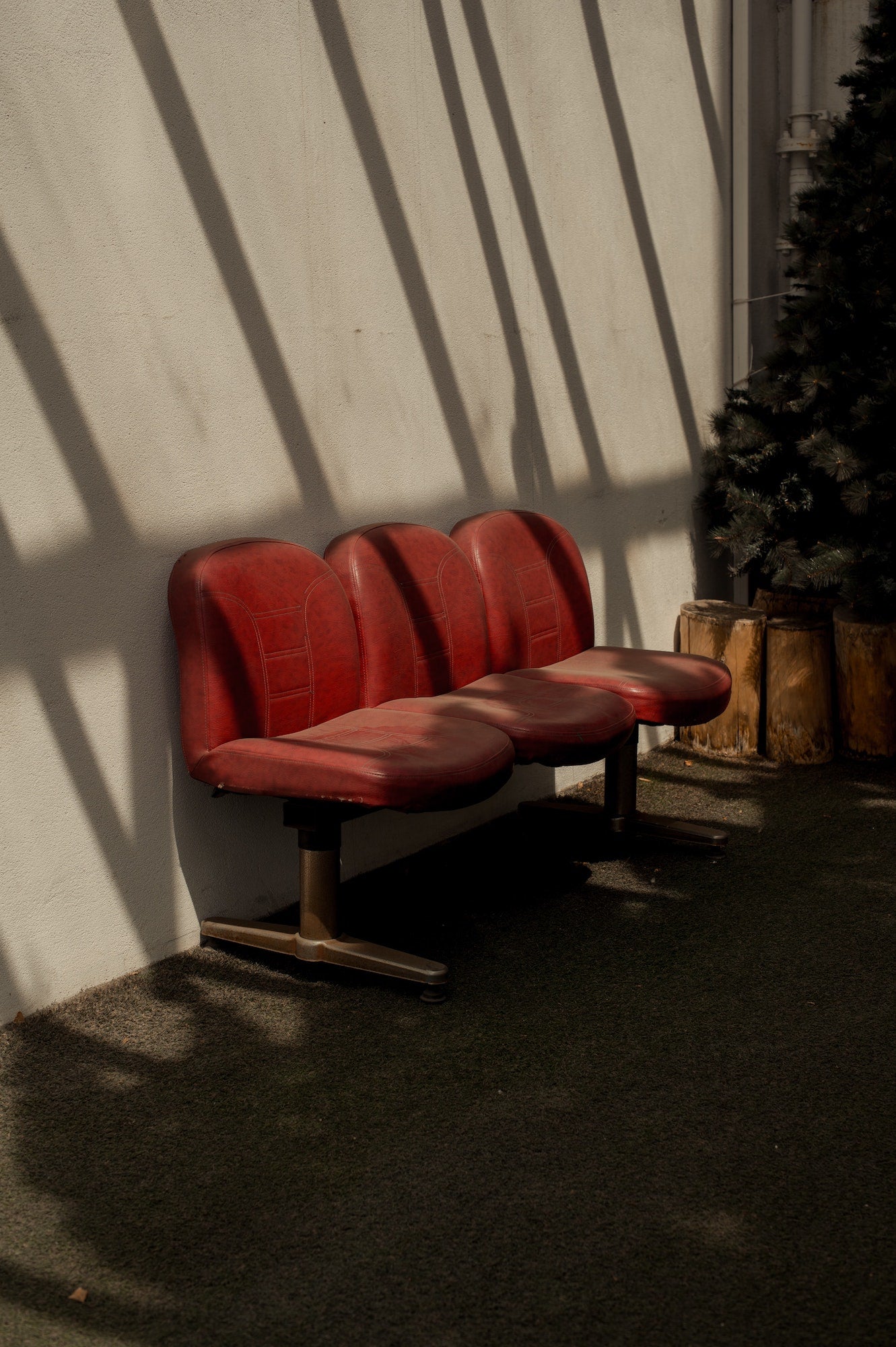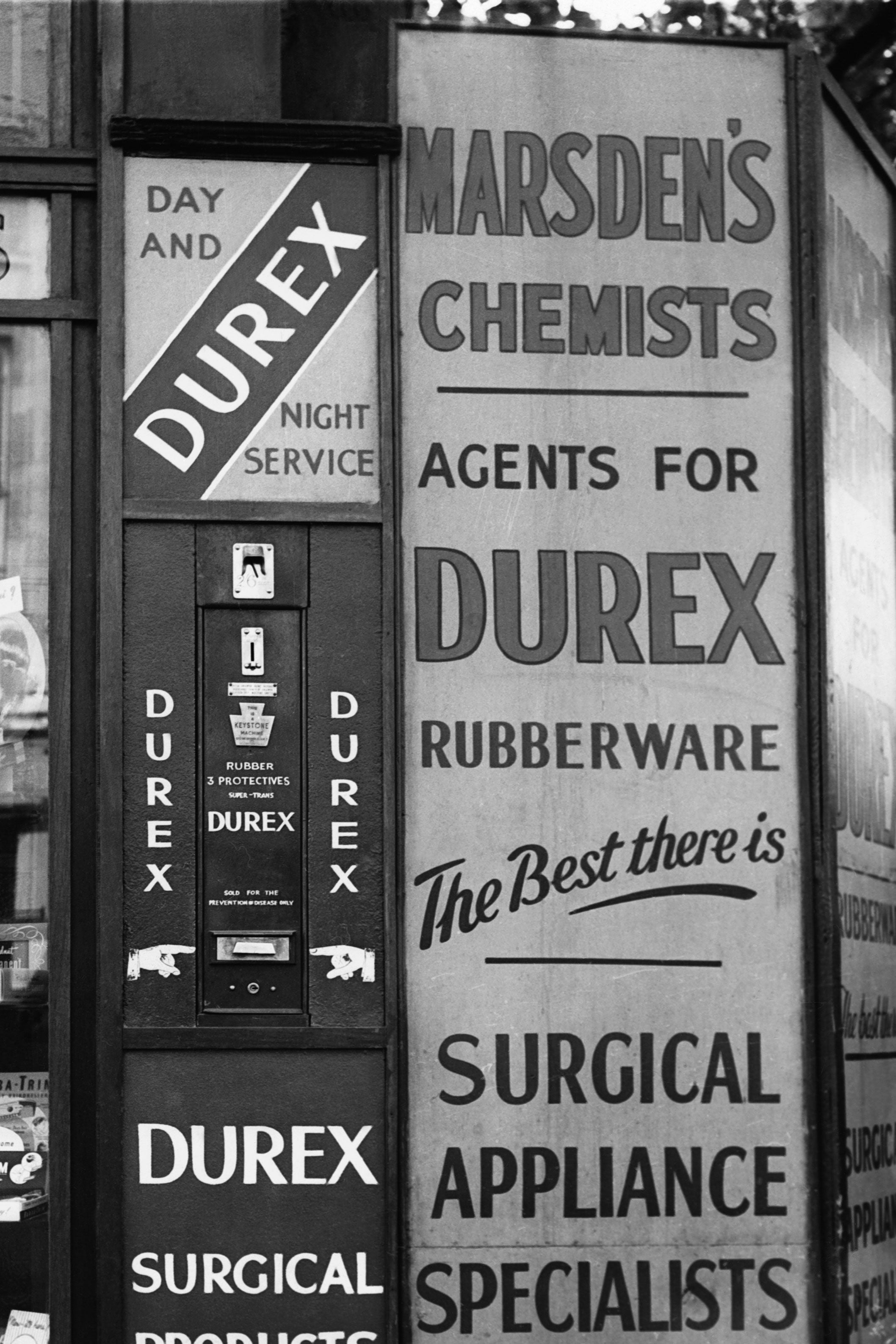The unexpected history of the sex shop.

From the underground to the internet via some very dodgy backstreets.
Sex shops are taken for granted these days, a run-of-the-mill part of city centers and strip malls, but they are a fairly modern development.
Euphemisms and Hidden Stashes
In the first half of the twentieth century, the idea of a shop openly selling erotic devices was unthinkable. Condoms were sold in chemists or barbers’ shops under euphemistic names—customers might be offered “something for the weekend, sir?” Pornography and erotica were essentially produced and sold outside of the law, distributed via word of mouth and black markets. Mail-order catalogs advertised products that appeared innocuous enough but potentially had alternate uses if one knew what one was looking for (it seems difficult to imagine every customer of Dr. Young’s Ideal Rectal Dilators just wanted to fix a headache). Sex was generally not discussed in public or formally taught, the assumption being that people would just figure it out themselves. This didn’t work.
Mail-order devices
In 1945, a German woman named Beate Uhse found herself out of a job. She was 24 and widowed with a young son, and had spent the war as a (non-combat) Luftwaffe pilot. Initially working as a door-to-door saleswoman, Uhse found herself privy to all sorts of household problems caused by a lack of sex education, from unwanted pregnancies to simply not understanding sex. Having been brought up in a pretty progressive, liberated household, Uhse spotted a gap in the market. She set up a mail-order company, initially selling pamphlets explaining the rhythm method and then expanding into lingerie, lotions, “marriage guides” and advice on “marital hygiene”.
Institute for Marital Hygiene
By 1962, her company was doing so well that she opened a store, the world’s first modern sex shop, albeit one with the not-so-modern name The Institute For Marital Hygiene. It grew into a chain, and within a decade there were similar stores all over Europe and the US. Different types emerged—Uhse’s business had been founded on education and trying to help people enjoy sex, but these ideas weren’t on the agenda for a lot of the stereotypically seedy, dodgy-looking enterprises that popped up in red-light districts.
Red-Light Districts and Zoning
The sexual revolution of the 1960s meant attitudes and laws were both changing incredibly quickly and rushing to keep up with one another. Laws controlling where certain businesses could operate, or what could be on display or visible thorough windows, led to the more stereotypical porn-filled sex shops catering mostly to men being primarily in back streets and strip malls. However, from fairly early on, there were also businesses interested in creating spaces where women would feel welcome. These establishments could operate on main shopping precincts like London’s Oxford Street but had to be creative with how they got their products into customers’ hands, using catalogs, mail-order systems, and Tupperware-esque parties.
Community hubs and sex education
There are also a lot of instances of sex shops functioning as local hubs for LGBTQ communities or being involved in sex education and public sexual health programs. One now-defunct chain launched in the 1970s specifically to help people with disabilities access sex aids. In 2002, a UK sex shop chain ended up working with the National Health Service to prescribe vibrators to women who experienced sexual difficulties.
The divisive shop
It’s quite a broad generalization, but sex shops can largely be divided into those catering solely to heterosexual men and those open to all. Customers who didn’t feel welcome in the first group were likely to feel less and less so as time went on, as the relatively mainstream availability of porn in the ‘80s and ‘90s meant that the stuff on offer in sex shops became more specialist or extreme, and a lot of sex shops became porn shops with a few toys and outfits on offer. It’s easy to see why potential customers for, say, a vibrator, might have opted to go without rather than drive to a strip mall out of town and squeeze past all the dudes buying porn to look through the dusty wares on offer.
The internet’s impact
The internet, of course, changed everything, allowing people who might have been terrified at the idea of being seen setting foot in even the classiest of sex shops to buy basically whatever they wanted. The ability to have things discreetly delivered to one’s house brought with it the revelation that there were a huge amount of customers out there who simply hadn’t been catered to.
The days of the dingy back-street sex shop are probably nearing their end, particularly those in city centers. There are just much nicer, more pleasant alternatives. The sex retailers that succeed now are the ones that are accessible to all, celebratory rather than secretive, gleeful rather than grubby.




